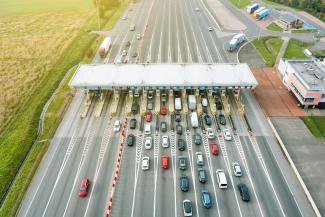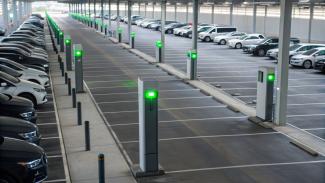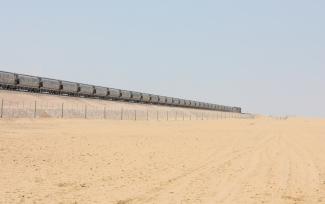Technology is transforming the highway sector through the integration of four main, interconnected drivers: Artificial Intelligence, connected vehicles, mobile technologies, and autonomous vehicles. Together, these innovations are redefining the way highways are planned, operated, and maintained, bringing not only improvements in service quality but also tangible economic advantages.
Artificial Intelligence (AI) plays a central role in this evolution. It enables the detection and identification of objects, the development of linguistic models that allow natural interaction with users and stakeholders, and the analysis of user behavior and traffic patterns. These capabilities support more intuitive systems and smarter infrastructure management.
In parallel, connected vehicle technology facilitates communication between vehicles and the surrounding infrastructure, including other vehicles, the road network, and even pedestrians. This creates a highly integrated transport ecosystem, improving safety, coordination, and efficiency. Mobile technologies also contribute significantly by enabling users to interact in real time with their environment, thus enhancing the overall user experience.
Meanwhile, autonomous vehicles are becoming a reality. AVs are already in commercial operation in the United States, both light and heavy autonomous vehicles. Their continued development promises operational efficiencies, increasing highway capacity, and new competitive advantages.
These technological advancements offer several key benefits for highway operators: they generate additional revenues through incremental traffic or more sophisticated toll fee structures, enhance the strategic positioning of early adopters, and reduce operational costs through automation and predictive management.
A variety of practical solutions have emerged from this technological wave with mature IT companies but also with the emergence of numerous startups. These solutions are at different stages of maturity, offering novel solutions tailored to the evolving needs of highway operators.
The success of the technology and innovation strategy of highway operators will depend largely on recognizing and integrating these developments according to their commercial and technological readiness: from ideas still in early stages to those already proven and ready for large-scale deployment.
The evolution of regulation will be another key factor in enabling the application of these technologies on highways. We have already seen in the past that, even when the technology exists, it often takes many years before it is implemented. A good example of this is the introduction of eCall for emergency calls, which now comes pre-installed in vehicles by OEMs.
We have conducted a personal exercise imagining some examples of how existing technological solutions could be applied to the highway sector, along with their potential implications. Some sci-fi movies anticipate the use of technology in our everyday life, so it was a good exercise to relate one movie to each futuristic use of technology on highways.
Minority report, autonomous vehicle parking to prevent incidents/ illegal driving
In the movie, the police take action even before a criminal act happens to prevent it. In the same way, the highway operator could act to prevent potential accidents or any other malicious behavior of the users.
Technological solution: The highway autonomously forces the vehicle to stop in a safe area, such as the shoulder or a rest zone, pending inspection by the police, after identifying potential illegal or dangerous behavior by the driver or the vehicle (e.g., reckless driving, unpaid toll debts, or lack of insurance). The identification comes from different ways: information from the vehicles transmitted to the highways or smart cameras linked to databases. Individually, autonomous driving, detection of dangerous behavior, and verification of the legal status of vehicles are all technological solutions that are already developed and, to varying extents, implemented in the market.
Two major challenges remain: first, achieving a higher level of maturity in autonomous driving in terms of safety and its regulation on highways. Second, gaining user acceptance for allowing the highway to take autonomous control of the vehicle, which will also require specific regulation.
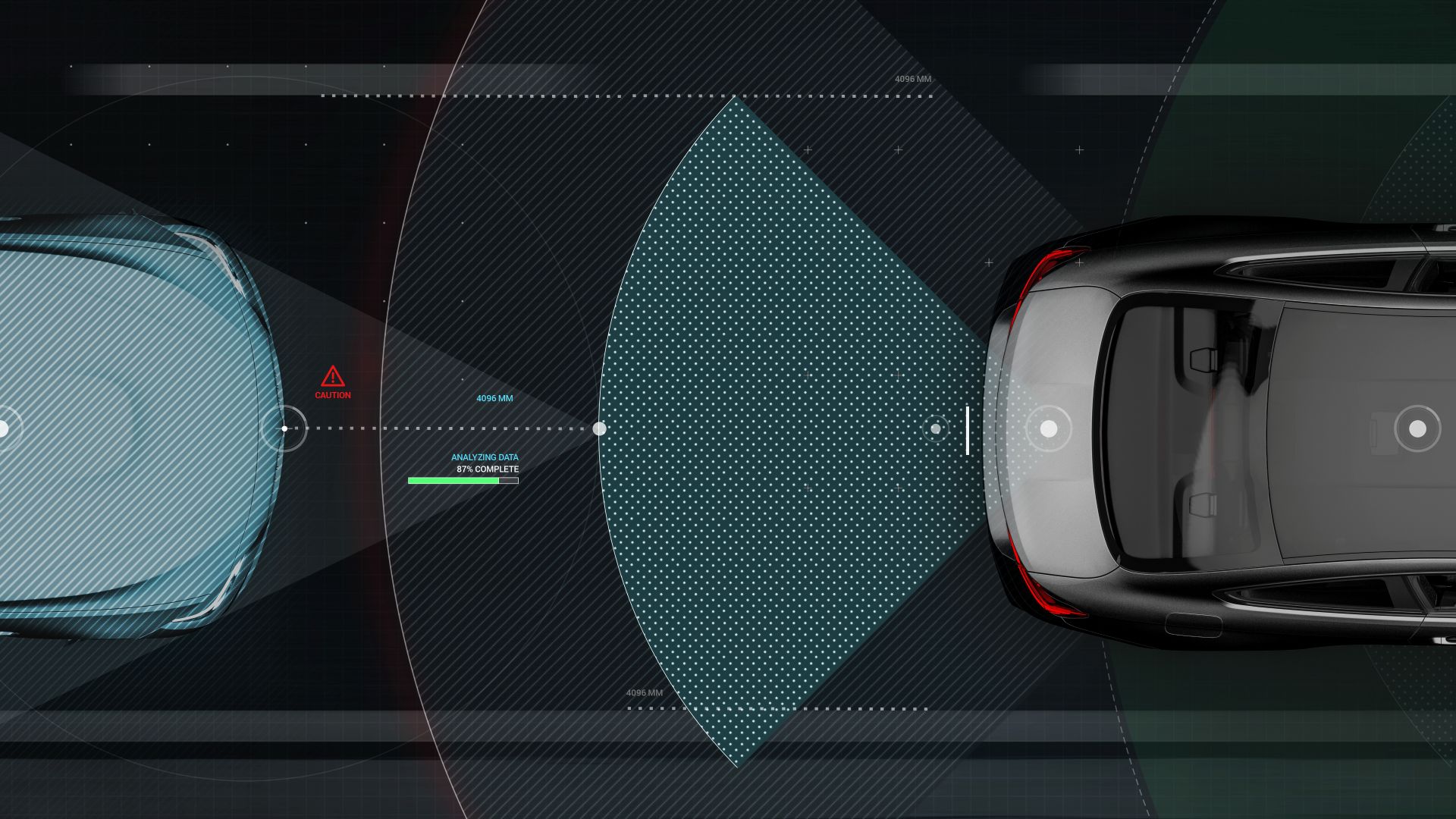
The Matrix, online update of AI twin asset
Throughout the movie, the characters live in two different worlds, one real and one virtual. In the virtual world, they can simulate events that cannot occur in the real world. In the same way, the highway operator has updated information on the condition of the highway, creating a twin asset, where it can generate orders to solve the incidents in the real highway.
Operator patrol vehicles automatically record the condition of the highway, identifying potential defects, obstacles, etc., which are automatically communicated to maintenance teams and the Grantor of the concession. A digital twin of the highway is generated and updated daily (several times a day).
This allows for faster implementation of safety protocols (e.g., obstacle removal, corrective maintenance), anticipates preventive maintenance programs, and increases transparency regarding the operator's performance.
AI-based technological solutions such as gemmini.io or valeraan.com already exist and are capable of identifying highway elements and assessing their condition. These solutions rely on smart cameras that can be easily installed in any patrol vehicle.
Grantors may require their implementation in future concessions to enforce automatic and systematic monitoring of the highway's condition and the operator's performance, including for penalty assessment. On the other hand, Concessionaires may also introduce this solution as part of their technical improvements in new bids, enhancing their commercial positioning.
Honey, I blew up the kid, increasing traffic capacity through AV
In the movie, an experimental growth ray causes the child to grow to a giant size. Similarly, new technology won’t expand the highway itself but will increase its traffic capacity.
This capacity increase will come through a greater deployment of autonomous vehicles. The interconnectivity between vehicles will reduce the safety distance while at the same time improving safety in the event of an incident. This reduction in distance directly translates into increased capacity, especially during peak traffic periods.
Autonomous driving already exists, though still highly restricted by cities, road type (e.g., in San Francisco, autonomous vehicles are not allowed on highways, but they are in Phoenix), and its market penetration remains marginal, present only in a few U.S. cities.
To achieve this capacity increase effect, the presence of autonomous vehicles will need to become the majority on our highways.
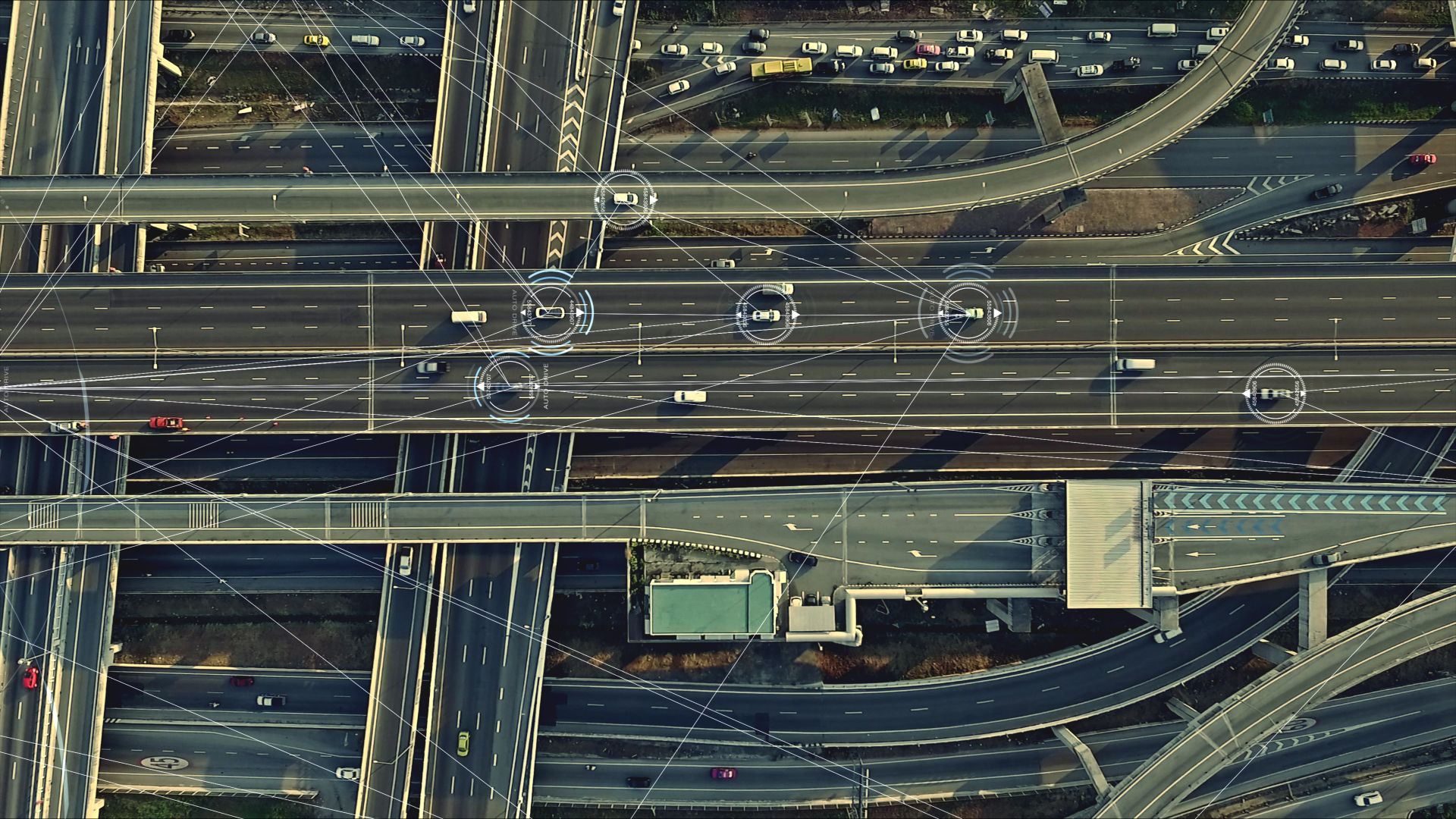
Tenet, AI prediction of future events and incidents
The protagonist of the movie learns of a technology from the future that can invert the flow of time, and must use it to prevent a global catastrophe. Similarly, AI technology will identify potential future incidents (accidents, traffic congestion, maintenance problems) so the operator can anticipate actions to prevent them.
By analyzing past events and the condition of the infrastructure (internal and external), with an AI tool, it becomes possible to act in the present to prevent incidents and manage traffic, accidents, or critical decisions in advance.
A risk profile can be generated based on historical and current internal conditions (traffic, road type and layout, pavement condition), external conditions (weather, visibility, local events), and driver profile (typology of user/trip, vehicle status, driving hours, behavior profile). This risk profile will identify potential incidents and trigger preventive or cautionary measures. These measures may include autonomous driving intervention in a specific vehicle at risk, dispatching operator patrols, increasing signage, or positioning emergency vehicles in high-risk areas.
AI technology, combined with relevant data, which can be easily collected, enables the creation of highly accurate risk profiles.
The first step is the structured collection of relevant data, followed by the development of algorithms to identify risk profiles. With these algorithms, the operator can make decisions as permitted by regulation.



